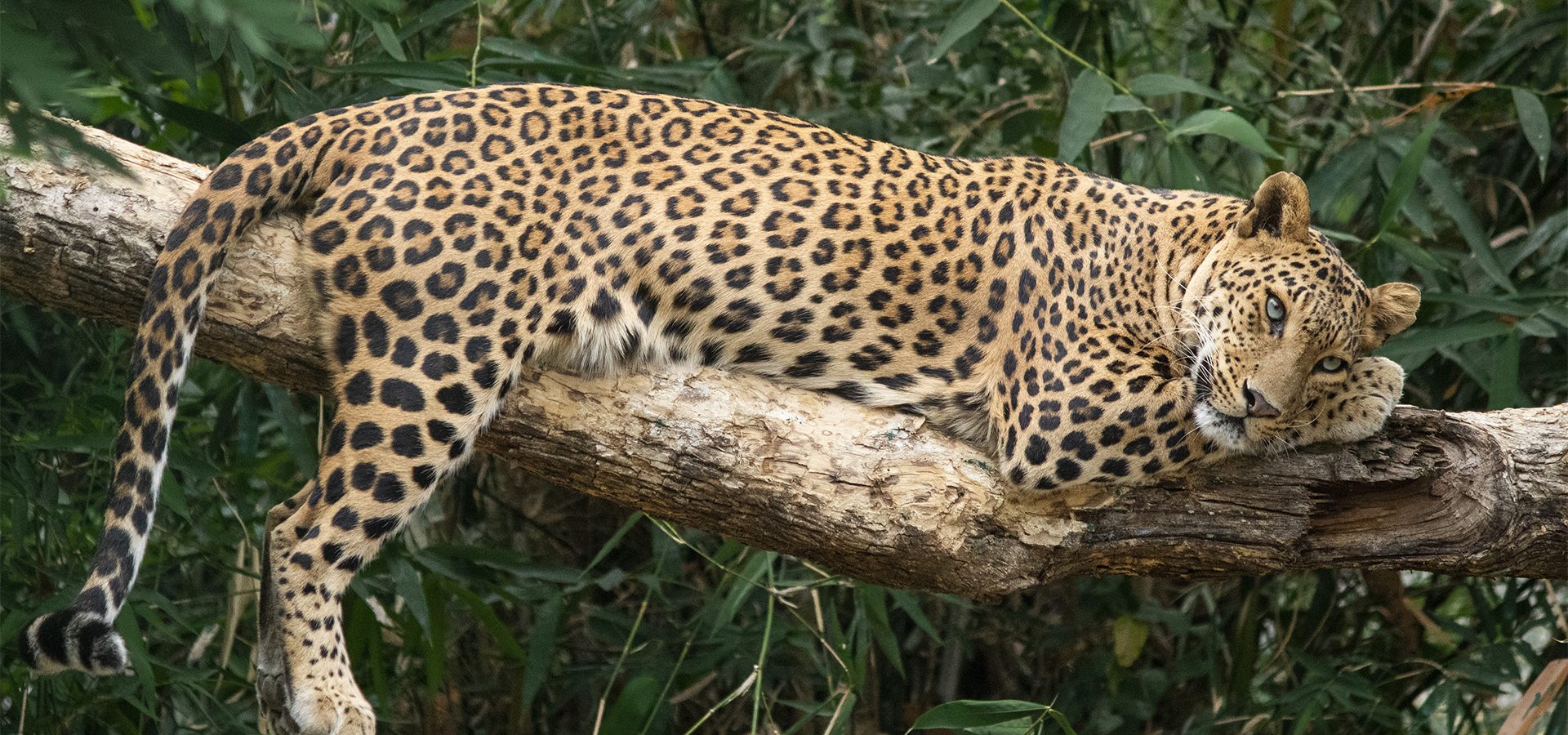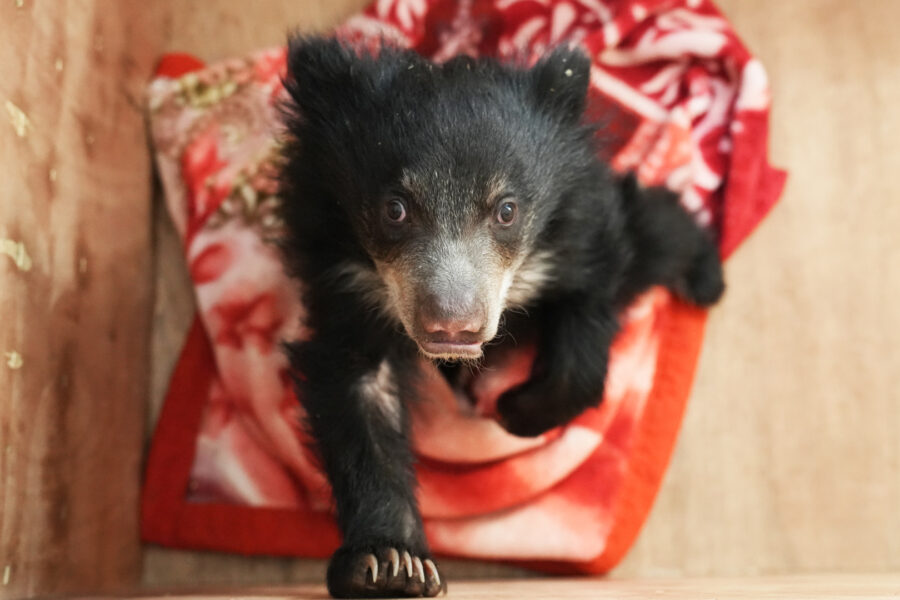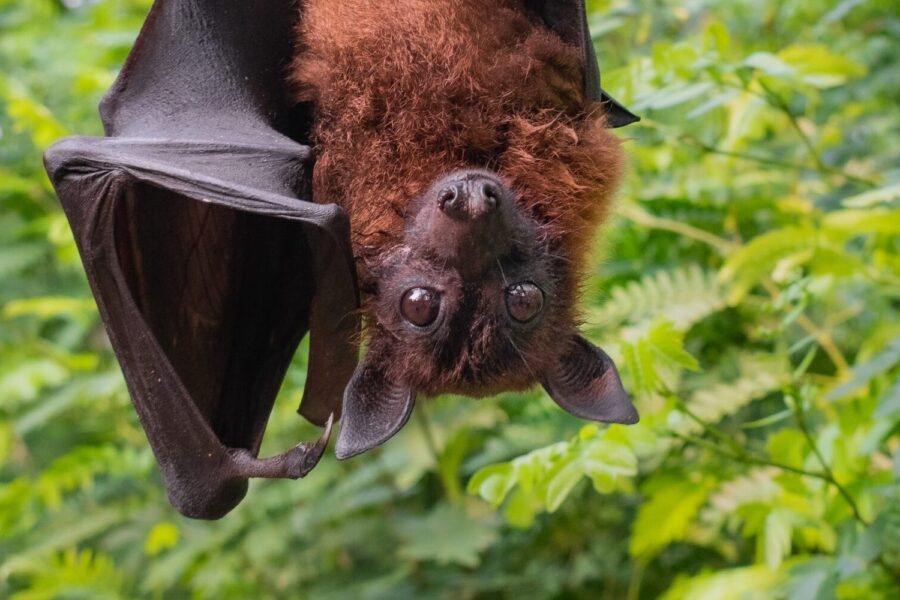While many know of Wildlife SOS’ leopard conservation efforts, a little-known fact is that we have also had the opportunity to study and work with tigers, lions, and some of the lesser-known Indian wild cats such as the Rusty-spotted cat, Jungle cat, and Leopard cat.
India is a nation blessed with a rich natural heritage and mega-biodiversity, including over 45,000 species of plants and 91,000 species of animals, holding a reputation for having the highest number of wild cat species!
From being home to the ‘big five’ cat species— Bengal Tiger, Asiatic Lion, Indian Leopard, Snow Leopard, and the Indo-Chinese Clouded Leopard to the world’s smallest cat—the Rusty-spotted cat, India is indeed the Jungle book come to life!
In this blog, we’ll highlight interesting attributes about some of the most iconic and elusive cats roaming India’s varied landscape.
Royal Bengal Tiger (Panthera tigris)
Exuding grace, beauty, and power, the Bengal Tiger is undoubtedly the king of the Indian Jungles! The tiger has long been associated with Indian mythology and folklore and is seen as a symbol of national pride, yet, they continue to walk a thin line between survival and extinction.
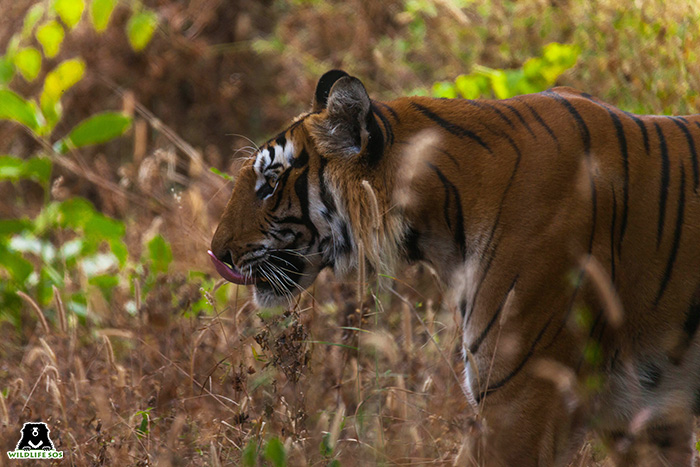
According to the latest Tiger Census of 2018-19, there are 2967 tigers in India and the country accounts for about 70% of the world’s tiger population. Being a Schedule I species under the Wildlife (Protection) Act, 1972, the tiger is awarded the highest protection by law, similar to the other big cat species. This majestic species is also classified as ‘Endangered’ in the IUCN (International Union for Conservation of Nature) Red List, however, tigers continue to face severe threats such as habitat loss, human-wildlife conflict, rampant poaching, and illegal trade of body parts. Their exquisitely striped pelt is highly coveted and it is believed that their body parts such as blood, bones, genitals, etc, have healing properties, and are often used in traditional medicine.
Wildlife SOS’ anti-poaching unit “ForestWatch” has assisted enforcement authorities to intercept tiger poachers and wildlife traffickers in the past. Our veterinary experts have also conducted several off-site treatments of tigers that were injured, sick, or caught in conflict situations, and have even conducted dental extractions and surgeries.
Indian Leopard (Panthera pardus)
The elusive and resilient leopard has been known to exist for over 11 million years! The distinctive rose-like patterns on its fur called “rosettes” are as unique to each leopard as a human’s fingerprint.
These cats have evolved in the most astute way possible. Even their lifestyle around the urban fringes of India is a great example of how the felines have adjusted to dynamic pressures on their habitats. Over the years, these wild cats that once roamed freely, have had to adapt to the ever-changing landscape; a direct result of human-induced factors like habitat destruction, rapid urbanisation, and encroachment of forested areas. Classified by the IUCN as ‘Near Threatened’ today, their wild population is estimated to be 12,000 to 14,000. In India, leopards are granted the same level of protection as tiger and lions under Schedule I of the Wildlife (Protection) Act, 1972.
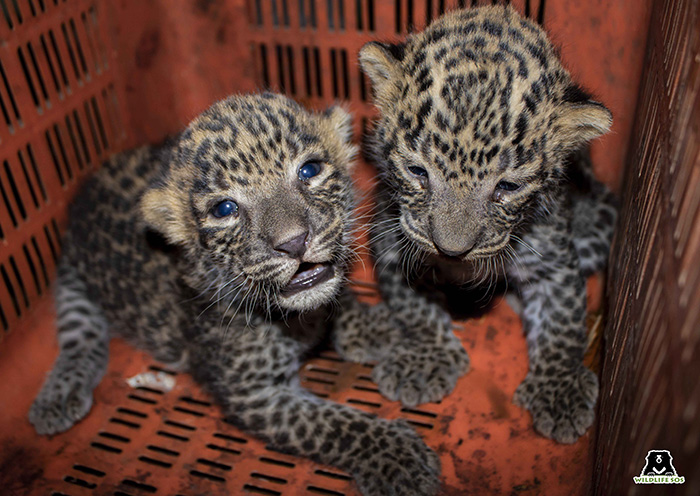
Wildlife SOS works quite closely with leopards in the state of Maharashtra where they often fall prey to man-animal conflict, snare traps, and open wells amongst the prevalent threats of habitat destruction. We have also successfully reunited over 80 leopard cubs that were separated from their mothers to date.
Recently, the Maharashtra Forest Department collaborated with Wildlife SOS and Wildlife Conservation Society India (WCS-I) to radio collar three leopards in Sanjay Gandhi National Park, Mumbai. This is part of a project to study leopards and to help mitigate human-leopard conflict in the heavily populated urban landscape of Mumbai.
Asiatic Lion (Panthera leo)
There was once a time when the Asiatic Lions ranged from the Middle East to Asia but today, the last remaining wild population inhabits the protected areas of Gir forests in Gujarat. Excessive hunting by Indian and colonial rulers resulted in the drastic decline of their population, at the turn of the 20th century.
With an estimated population of 674, this species has been classified as ‘Endangered’ by the IUCN and is recovering from the brink of extinction in India. According to a report from 2020, their numbers have risen from 523 to 674 in a span of five years.
Compared to their African counterparts, Asiatic Lions are 10-20% smaller, they possess a distinct skin fold along the belly that is absent in African lions, and the males have smaller manes. Female Asiatic Lions are more social and live with up to 12 females. Males, on the other hand, prefer living a solitary life or sometimes form a loose ‘pride’ consisting of up to 3 males. It is only during the mating season that males and females associate with each other.
Some of the more pressing threats to this species today include Diseases, forest fires, poaching, habitat fragmentation, loss of prey base, and rising man-animal conflict. Over the years, Wildlife SOS has assisted with treatment procedures of lions at Etawah Safari in Uttar Pradesh.
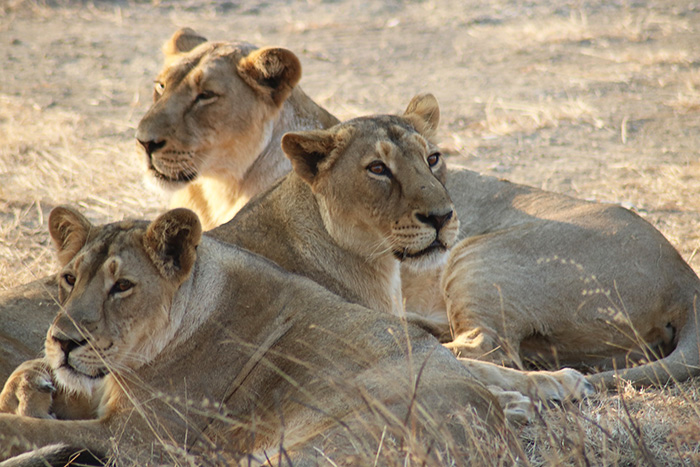
Jungle cat (Felis Chaus)
One of the most common wild cats in India, the Jungle Cat, also called reed cat and swamp cat is often mistaken for leopards due to physical similarities. This puts these docile cats at risk of being persecuted at the hands of humans who act out of fear and panic.
This species is found in the Middle East, the Indian subcontinent, Central and Southeast Asia, Sri Lanka, and Southern China. Jungle cats inhabit a variety of habitats in India like swamps, wetlands, flood plains as well as human-dominated landscapes. They play the role of nature’s pest control as they eat rodents, therefore can be economically beneficial for farmers. However, they often come in conflict with humans residing in close quarters.
Other threats to Jungle cats include hunting for meat, fur, and use in traditional medicines, agricultural and forestry effluents (discharge of waste into waterways and enter wetlands, flood plains, etc, where they reside), habitat fragmentation, and loss of prey base. They are listed as Schedule II species under the Wildlife (Protection) Act, 1972.
They are some of the most elusive animals to be observed, either via camera trap or otherwise. Wildlife SOS has had the opportunity to study and observe Jungle cats in the wild with the help of camera traps while collecting data on sloth bears in Karnataka.
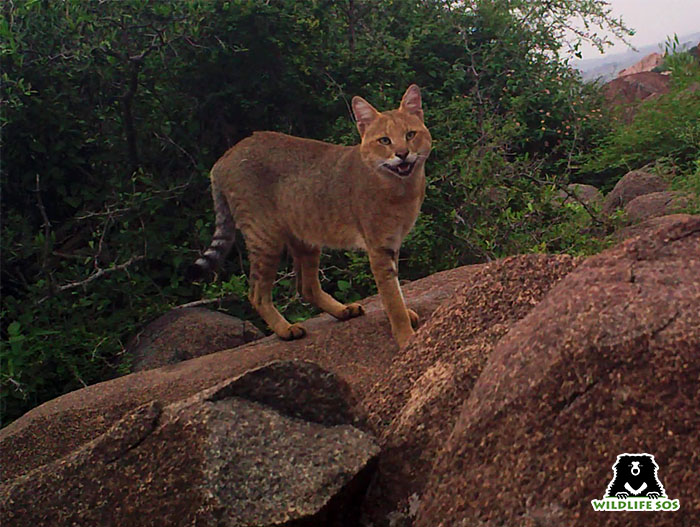
Rusty-Spotted cat (Prionailurus rubiginosus)
Weighing a mere 2 pounds (almost 300 times smaller than a tiger)—the Rusty-spotted cat is one of the smallest cat species in the world! This species is endemic to the dry deciduous forests, scrubs, and grasslands of India, Sri Lanka, and Nepal. Due to their size, speed and agility, they are often referred to as the “hummingbird” of the cat family.
These cats are also often mistakenly persecuted as Leopard cubs and are hunted for their skins or meat, and often killed by feral dogs. Coupled with factors such as poaching, habitat destruction, etc., today their population is less than 10,000 in the wild. This species is protected under Schedule I of the Wildlife (Protection) Act, 1972 and is listed as ‘Near Threatened’ in the IUCN Red List.
During the sugarcane harvest season in Maharashtra, farmers stumble upon several leopard cubs and rusty-spotted kittens, tucked away inside the tall sugarcane plantations. Between 2014 and 2019, Wildlife SOS and the Maharashtra Forest Department successfully reunited 26 Rusty-spotted kittens with their mothers. We also conduct regular capacity-building workshops with local communities and the Forest Department, and aim to minimise conflict.
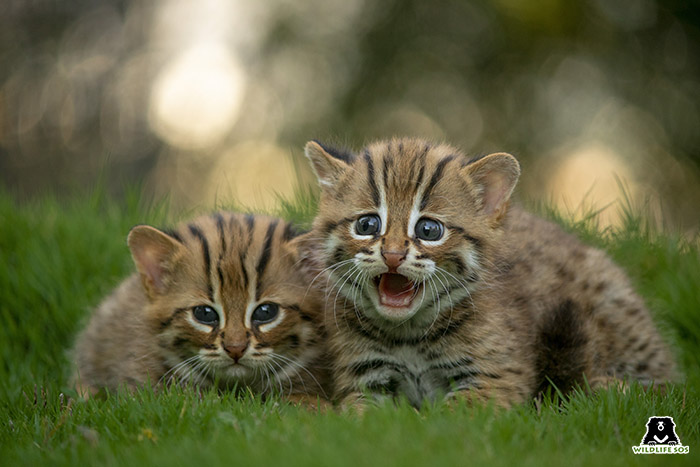
In our 27-year conservation journey, we’ve gained some valuable insight and experience of working with various wild cats of India. You can support our efforts to protect India’s precious wildlife by donating to our Research and Conservation projects.

